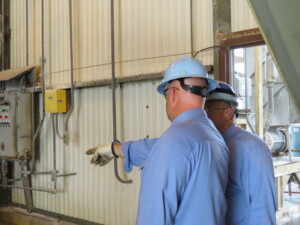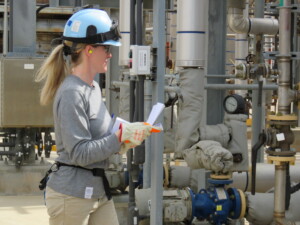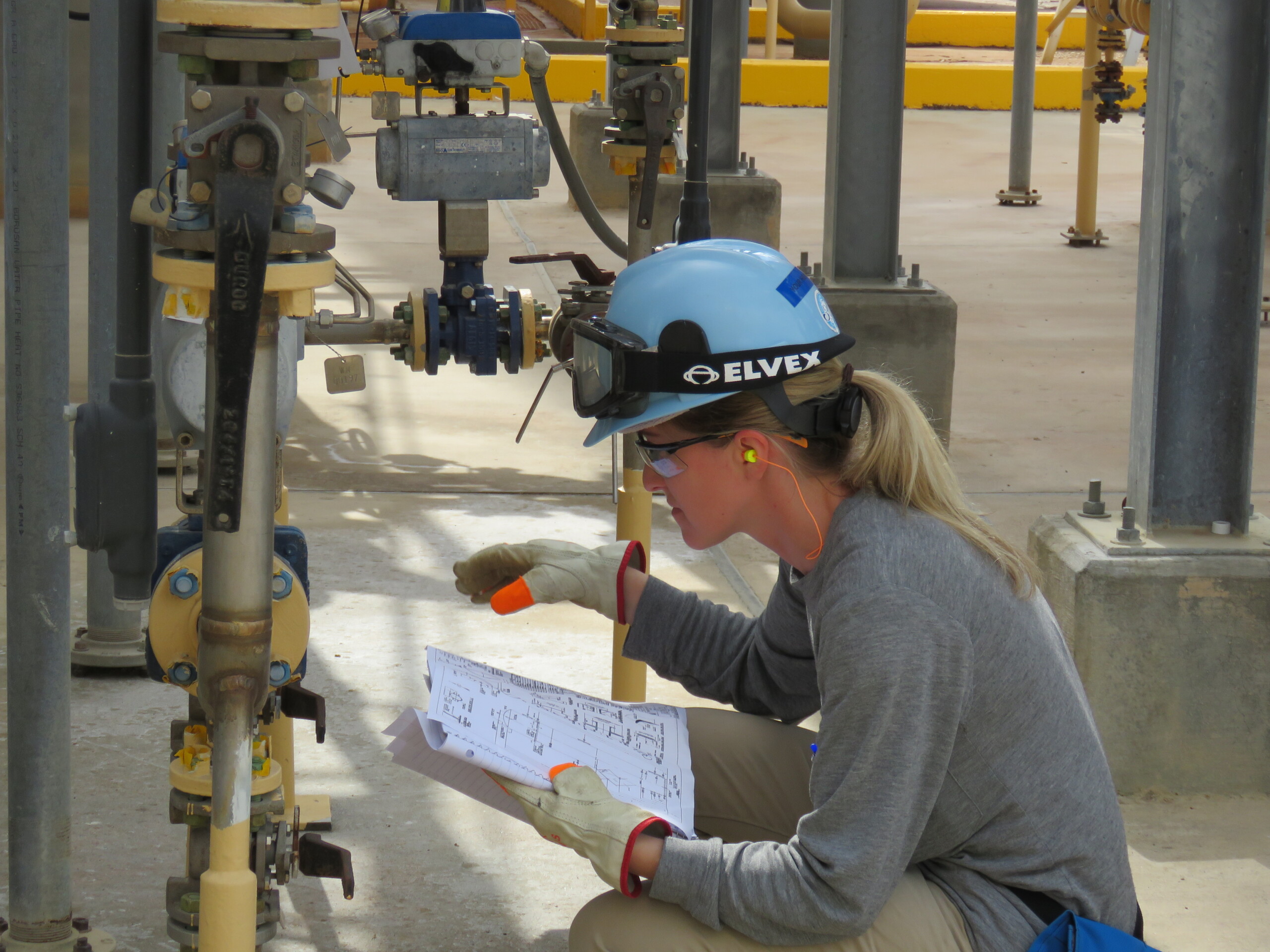This website uses cookies so that we can provide you with the best user experience possible. Cookie information is stored in your browser and performs functions such as recognising you when you return to our website and helping our team to understand which sections of the website you find most interesting and useful.
News
An Industry in Perpetual Improvement: Health, Safety, and the Environment
The U.S. Environmental Protection Agency (EPA) recently announced that vinyl chloride (VC) will be one of the five new chemicals prioritized for risk evaluation under the Toxic Substances Control Act (TSCA). VC is a vital component in the production of PVC products, that go on to deliver clean water, energy-efficient buildings, and vital medical applications. Given this announcement, it’s a good time to look back on the evolution of our industry’s improved safety performance and sustainable practices.
Safety is a top priority.
In the 1970s, it was identified that vinyl chloride was a hazardous material and it became evident that precautions must be taken for workers. The PVC industry voluntarily redesigned its manufacturing processes to reduce VCM exposures and emissions. In addition, both the U.S. Occupational Health and Safety Administration (OSHA) and EPA enacted regulations to effectively protect American workers, and downstream users, of American-made PVC. In the five decades since the industry has made major strides in worker safety and emissions reductions. In fact, in November 2022, the Biden OSHA sent a letter to the industry commending us for our safety performance record.
The difference in VC manufacturing from the 1970s to now can be quantified, and the facts speak for themselves. The industry’s workplace illness and injury rate are less than one-third of the overall chemical industry incident rate and of the general manufacturing industry.  At our recent annual meeting, we recognized twenty-six PVC, VCM and EDC facilities with our Safety Performance Award for having zero recordable OSHA incidents in 2022. Further, we recognized seven plants with our Safety Excellence Award for five or more consecutive years of zero recordable OSHA incidents.
At our recent annual meeting, we recognized twenty-six PVC, VCM and EDC facilities with our Safety Performance Award for having zero recordable OSHA incidents in 2022. Further, we recognized seven plants with our Safety Excellence Award for five or more consecutive years of zero recordable OSHA incidents.
Continual Performance Improvements Net Decreases in Emissions
In addition to strides in worker safety, our industry is committed to improving our sustainable practices. Our facilities work tirelessly to reduce emissions. Over three decades the U.S. PVC resin industry has decreased ambient emissions of vinyl chloride by 87% per unit; during the same time, PVC production volume has doubled. Our industry has seen a 95% decrease in ethylene dichloride emissions to air and water. And our dioxin emissions have decreased 81% since 2000. Along with our safety awards, we were proud to recognize 13 facilities with our Environmental Excellence Award for an outstanding track record of performance for five or more consecutive years under EPA’s National Emissions Standards for Hazardous Air Pollutants (NESHAPs).
As we prepare for the multi-year review process of vinyl chloride, we are confident that our 50-year track record of improved worker safety and environmental performance will rise above any misguided activist attacks. As our President & CEO, Ned Monroe, stated, “[T]his risk evaluation will further assure that the production of vinyl chloride and use of PVC products are safe.” Our industry has come a long way since the 1970s, and we will not stop finding ways to make our workers safer and our facilities more sustainable.
that our 50-year track record of improved worker safety and environmental performance will rise above any misguided activist attacks. As our President & CEO, Ned Monroe, stated, “[T]his risk evaluation will further assure that the production of vinyl chloride and use of PVC products are safe.” Our industry has come a long way since the 1970s, and we will not stop finding ways to make our workers safer and our facilities more sustainable.


